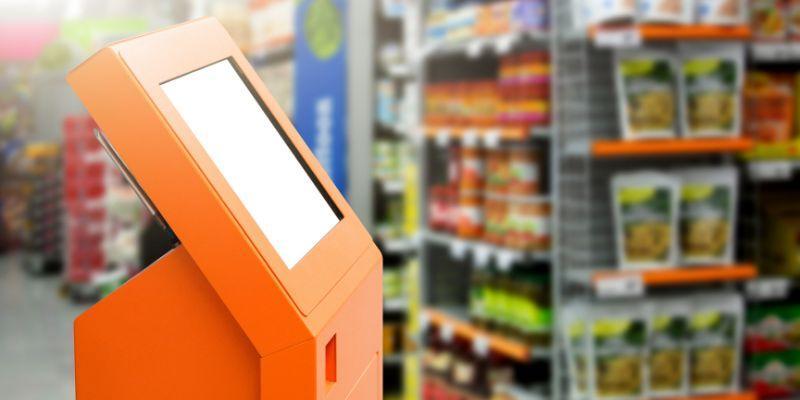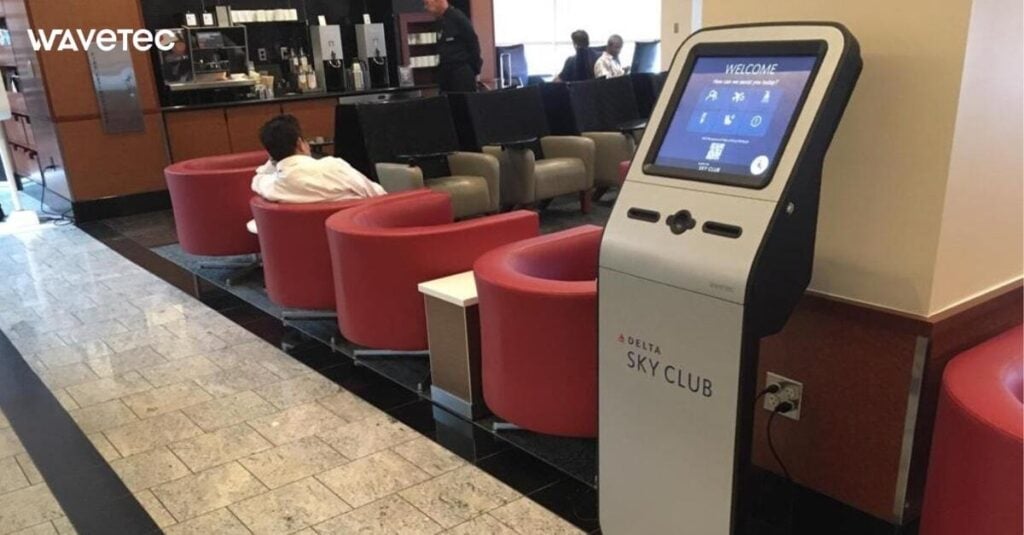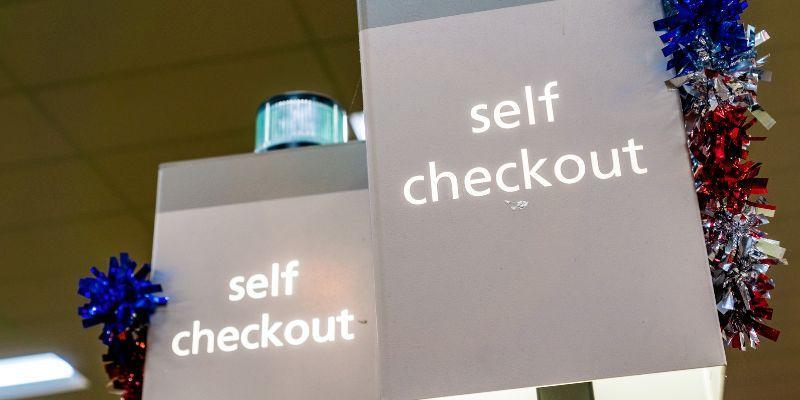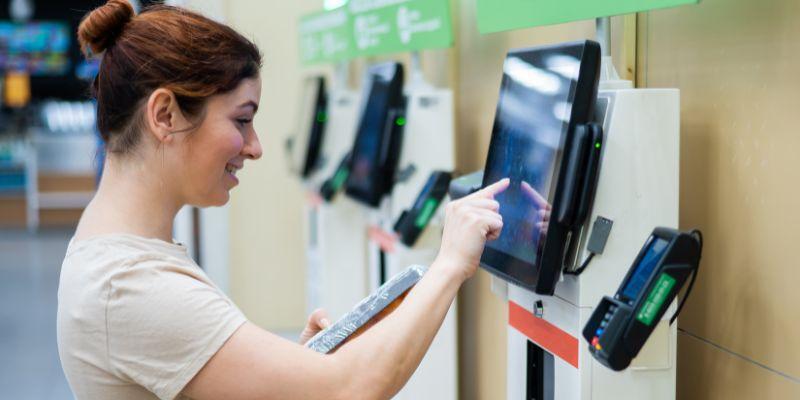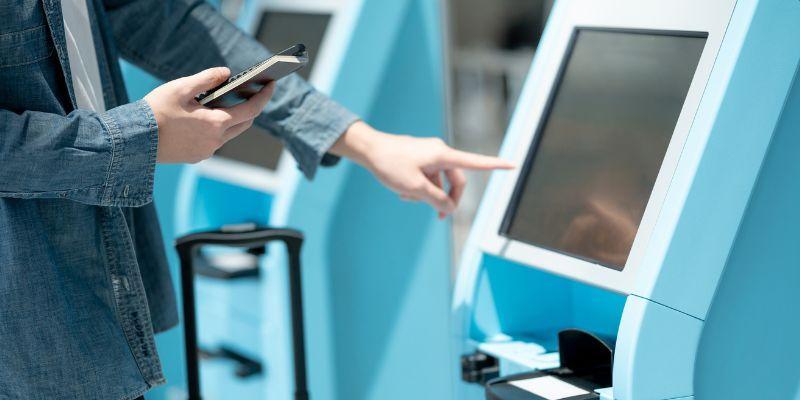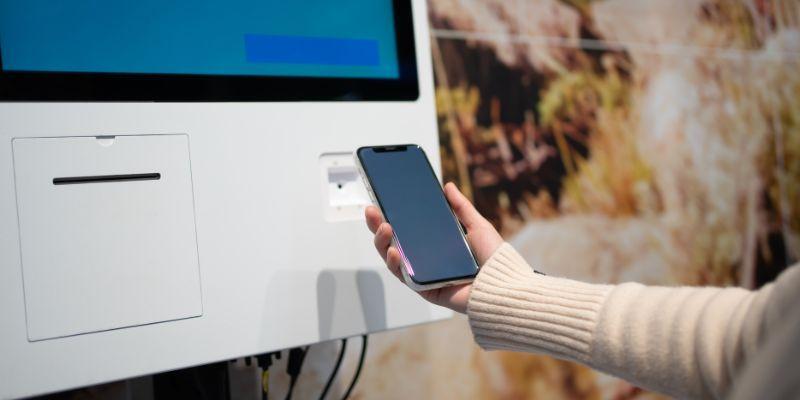In modern business, kiosks emerge as pivotal touchpoints for customer engagement. These interactive self-service stations streamline operations, providing swift services. However, their true potential is harnessed with kiosk accessibility and ADA compliance.
Ensuring inclusivity in kiosk design aligns with legal standards and unlocks a broader customer base. In this article, we dive into the significance of incorporating accessibility features, exploring how it meets regulatory requirements and catalyzes positive business outcomes.
Let’s explore together where the intersection of innovation and inclusivity defines the future of interactive customer experiences.
Understanding ADA Requirements
Navigating self-service kiosks involves understanding essential ADA requirements. Achieving kiosk ADA compliance is crucial, ensuring accessibility for all users. This compliance meets legal standards and enhances the overall user experience.
Overview of the Americans with Disabilities Act (ADA)
In upholding the principles of equal access and inclusivity, the Americans with Disabilities Act (ADA) serves as a guiding force, particularly in self-service kiosks.
Ensuring kiosk accessibility and compliance with ADA standards is not just a legal requirement but a commitment to creating an environment where all individuals, regardless of their abilities, can seamlessly engage with these interactive stations.
- Legal Obligation: ADA compliance for self-service kiosks is a mandated legal obligation, emphasizing the importance of meeting specific ADA kiosk requirements.
- Inclusive Design: ADA guidelines intricately shape the design elements, advocating for features like tactile interfaces and auditory cues to enhance usability for individuals with diverse abilities.
- User Experience Focus: Beyond legal standards, prioritizing kiosk ADA compliance contributes to a more welcoming and accommodating public environment.
Through this write-up, we want to promote a business landscape where the convergence of ADA principles and self-service kiosks ensures an accessible and inclusive experience for everyone.
Essential ADA Requirements for Kiosk Accessibility
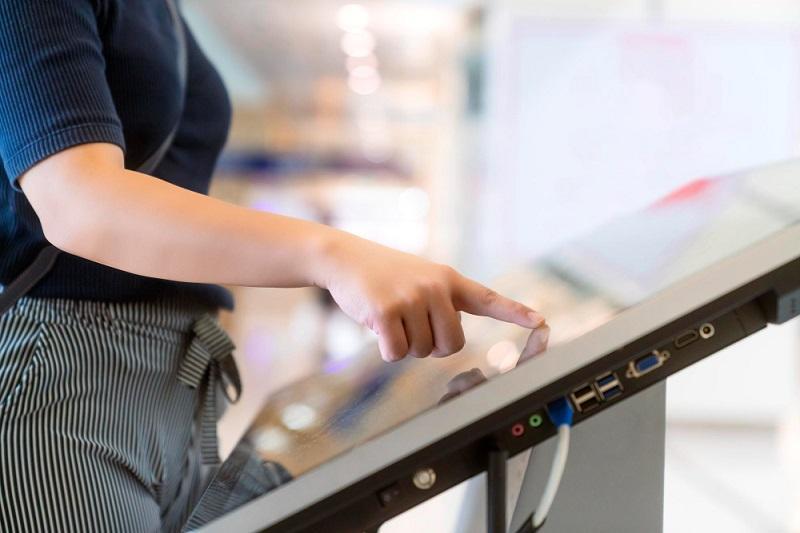
To unlock seamless engagement for all, understanding the essential ADA requirements is vital in ensuring kiosk accessibility. From physical considerations to user interface design, adherence to these standards fosters an inclusive environment for diverse users.
1. Physical Considerations
Incorporating physical considerations into kiosk design is pivotal, especially in areas such as integrating a cash deposit kiosk in banks or other relevant kiosks.
Ensuring that the kiosk’s physical attributes align with ADA standards enhances accessibility, providing a seamless experience for users with diverse needs.
From ergonomic heights to tactile features, these considerations comply with ADA kiosk requirements and contribute to an environment where everyone can effortlessly engage with the kiosk regardless of ability.
2. Visual and Auditory Considerations
Visual and auditory considerations are dominant in enhancing kiosk accessibility. Implementing clear visual cues and audible signals, such as through digital signage, not only meets the standards of kiosk accessibility but also ensures a comprehensive user experience.
From legible fonts to audio prompts, these design elements cater to users with varying abilities, fostering an inclusive environment. Prioritizing visual and auditory aspects ensures that the kiosk experience is accessible to a diverse user base, aligning with inclusive design principles.
3. User Interface and Input Considerations
Diving into user interface and input considerations is critical for achieving kiosk accessibility and ADA compliance. Crafting an intuitive interface with user-friendly input options ensures that the kiosk caters to diverse needs seamlessly.
Adhering to ADA standards guarantees a design that not only meets regulatory requirements but also prioritizes the accessibility of the interface and input methods. This dual focus creates an inclusive user experience, aligning the kiosk with the principles of accessibility and legal compliance.
Benefits of Maximizing Kiosk Accessibility

Maximizing kiosk accessibility opens a horizon of benefits, creating an inclusive and user-friendly environment. From broadening audience reach to fortifying legal compliance, the positive impacts ripple across the entire customer experience area.
1. Inclusivity and Reaching a Broader Audience
Prioritizing inclusivity in kiosk design extends beyond compliance—a strategic move transforming the customer experience landscape. By embracing accessibility, businesses meet regulatory standards and tap into a broader market.
Enhancing the customer experience through inclusive kiosks creates a positive ripple effect, fostering loyalty and engagement among users of all abilities. This commitment to inclusivity is a powerful catalyst for elevating the overall customer journey.
2. Legal Compliance and Avoiding Penalties
Ensuring kiosk accessibility and steadfast kiosk ADA compliance isn’t merely a legal checkbox—it’s a proactive strategy to avoid penalties and uphold ethical business practices.
By prioritizing accessibility, businesses mitigate legal risks and demonstrate a commitment to meeting the needs of all users.
Investing in kiosk ADA compliance safeguards against potential penalties while enhancing the overall accessibility of services and products, fortifying the foundation of a responsible and legally compliant business.
3. Positive Impact On Brand Reputation
Adhering to ADA kiosk requirements goes beyond legal compliance, shaping a positive brand image. Prioritizing accessibility reflects a commitment to inclusivity, fostering an environment for users of all abilities.
By ensuring accessibility, businesses improve customer loyalty, reinforcing the brand’s reputation as socially responsible and customer-centric. This commitment resonates positively with customers, leaving a lasting impression of a brand that values diversity and accessibility.
Designing Accessible Kiosks
Designing accessible kiosks requires a meticulous approach that goes beyond aesthetics. Prioritizing usability and inclusivity, this process involves thoughtful considerations to ensure the kiosk becomes a universally accessible platform.
1. Physical Considerations
- Ergonomic design and tactile features promote kiosk accessibility for diverse users.
- Wheelchair-friendly layouts ensure universal access to kiosk services such as cash-to-card-kiosk.
- Clear signage enhances navigation, contributing to overall kiosk accessibility.
- Ample space around the kiosk facilitates easy use for users of varying abilities.
- Adherence to these design principles fosters a universally accessible kiosk environment.
2. Visual And Auditory Considerations
- Legible fonts and high-contrast visuals support kiosk ADA compliance for enhanced visual accessibility.
- Audible signals and prompts contribute to a comprehensive user experience, meeting ADA standards.
- Braille instructions provide tactile guidance, aligning with kiosk ADA compliance.
- Inclusive design elements like visual cues and audible feedback foster an ADA-compliant kiosk environment.
- Accessibility features ensure kiosks meet ADA standards, catering to users of diverse abilities.
3. User Interface And Input Considerations
- An intuitive interface simplifies interaction for diverse users at kiosks.
- Straightforward input options ensure a seamless experience with kiosk interfaces.
- Responsive touchscreens enhance user engagement and kiosk accessibility.
- Voice recognition technology enables hands-free interaction for kiosk users.
- Customizable settings accommodate individual preferences, enhancing usability at kiosks.
Technological Solutions for Accessibility
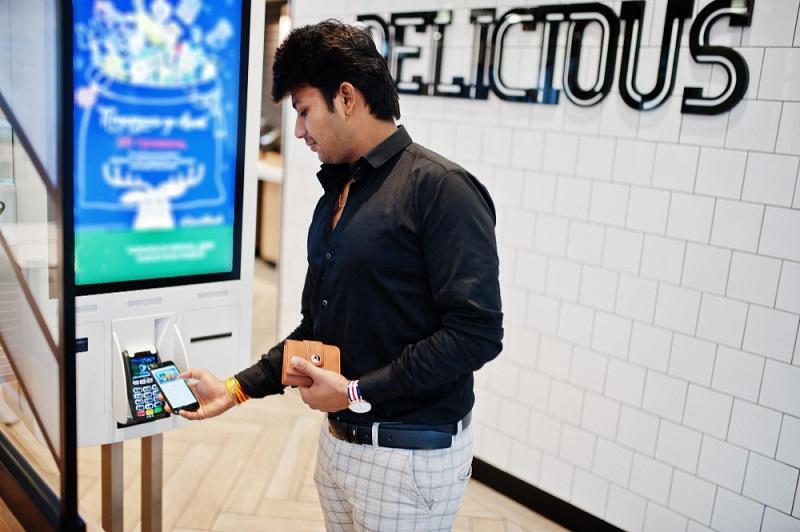
Exploring technological solutions for kiosk accessibility shows a sphere of innovation where cutting-edge advancements redefine inclusive user experiences. From voice recognition to adaptive interfaces, these solutions indicate a new era in accessible interactive technology.
1. Voice Recognition Technology
Voice recognition technology, a pivotal component aligning with ADA kiosk requirements, revolutionizes accessibility. This technology caters to individuals with diverse abilities by allowing users to interact vocally, ensuring a seamless and inclusive experience.
It meets ADA kiosk requirements and expands the reach of self-service kiosks, including sim dispensing kiosks, empowering users who may face challenges with traditional input methods.
The integration of voice recognition aligns with a commitment to universal access, fostering an environment where everyone can effortlessly engage with kiosk services.
2. Screen Reader Compatibility
Ensuring kiosk ADA compliance and screen reader compatibility is fundamental to enhancing accessibility. Seamlessly translating on-screen content into audio accommodates users with visual impairments.
This commitment to screen reader compatibility meets ADA standards. It fosters an inclusive environment where individuals of diverse abilities can independently navigate and engage with kiosk services, aligning with accessibility principles and universal design.
3. Adaptive and Customizable Interfaces
Embracing kiosk accessibility, adaptive and customizable interfaces redefine user interactions. These interfaces, aligning seamlessly with kiosk accessibility standards, empower users to tailor their experience.
Whether adjusting font sizes or modifying language preferences, adaptability caters to diverse needs.
This commitment to adaptive and customizable interfaces not only meets the requirements for kiosk accessibility but also signifies a dedication to providing a personalized and inclusive user experience for all individuals, irrespective of their abilities.
Case Studies
1. Testing and Evaluation: Elevating Kiosk Accessibility at Tennessee DMVs
In partnership with Alico Technologies USA, Wavetec transformed the customer journey at 44 DMV stations in Tennessee. The key focus was on accessibility, including kiosk accessibility—leveraging virtual ticketing and online appointments.
Regular testing and evaluation ensured compliance with ADA requirements, reducing waiting times and increasing citizen satisfaction. User feedback became the incentive for continuous improvement, fine-tuning the kiosks’ design and functionality.
2. Enhancing Patient Journeys: Wavetec’s UNO-Q at McLeod Health
McLeod Health’s strategic adoption of Wavetec’s UNO-Q solution underscores a commitment to elevating patient experiences across 45 medical centers. Focusing on kiosk accessibility is vital, integrating seamless single-line queuing to reduce patient wait times.
Testing and evaluation are integral to this success, ensuring the UNO-Q system meets accessibility standards. User feedback catalyzes constant improvement, driving a patient-centric approach that evolves with changing needs.
This case exemplifies how systematic testing and evaluation enhance the overall healthcare experience, emphasizing the significance of ongoing improvements in kiosk accessibility.
Final Words
To conclude, prioritizing kiosk accessibility goes beyond mere compliance; it becomes a cornerstone for creating a user-centric environment. By adhering to ADA standards and integrating inclusive design principles, businesses meet legal requirements and elevate the overall quality of service.
The commitment to kiosk accessibility ensures that every user can seamlessly engage with self-service kiosks regardless of ability.
This investment in inclusivity has a far-reaching impact, fostering positive customer experiences, building loyalty, and contributing to a socially responsible brand image.
As technology evolves, the ongoing dedication to kiosk accessibility remains integral to creating a universally accessible and user-friendly interactive landscape.
BOOK A FREE DEMO